I’ve sometimes heard the saying that “fuel is cheap—crashes are not.” Unfortunately, that wisdom played out the hard way on a quiet spring day in Danbury, Connecticut. What started as a routine instructional flight in a Cessna 152 ended with a crash landing into a residential shed, all because of something as basic—and preventable—as fuel exhaustion.
The Flight, the Crew, and a Lesson in Vigilance
On April 10, 2023, an 18-year-old student pilot with just 8 hours of total flight time took to the skies for a lesson with her 29-year-old flight instructor. The instructor held a commercial pilot certificate with ratings for single-engine and multi-engine aircraft, as well as instructor ratings for both single-engine airplanes and instrument training. While his total flight time was modest at 206 hours, he had 15 hours in the Cessna 152, the same make and model used for the flight.
Their aircraft, a 1977 Cessna 152 registered as N757YM, had recently been fueled and inspected. The little two-seater had 24.5 usable gallons of fuel and had flown 3.1 hours earlier that day on various instructional flights. By the time this flight began at 4:01 p.m., it had already logged a busy day in the skies.
A Simple Miscalculation—and a Chain Reaction
Fuel planning is often seen as a checkbox item on a preflight checklist, but in this case, it was the weak link that unraveled everything else. The student pilot did use a dipstick to check the fuel levels—but she couldn’t recall the actual amounts. The instructor didn’t verify them either, assuming that the reported 15 gallons would be enough.
He estimated a fuel burn rate of 5 gallons per hour, giving them about three hours of flight time. But here’s the catch: that number didn’t factor in fuel already consumed during engine starts, taxiing, or the takeoff itself. Nor did it account for the aircraft’s engine modifications, which increased fuel consumption.
As the lesson progressed, the pair flew in and out of the pattern, practiced airwork, and conducted multiple go-arounds. It was all going smoothly—until it wasn’t.
A Sputter in the Sky
At 5:59 p.m., nearly two hours into the flight, the engine began to sputter as they turned onto the base leg of the traffic pattern. The flight instructor, now flying the plane, pitched the nose down. The engine briefly surged back to life—then quit entirely. They were at 800–900 feet above mean sea level with obstacles, including two tall towers, between them and the runway.
Thinking fast, the instructor turned toward a grassy field behind them and began a steep spiral descent. As the stall warning horn blared, he deployed more flaps and braced for impact. The airplane slammed into a shed and came to rest near a house. Miraculously, both occupants suffered only minor injuries.
The Aftermath: Empty Tanks and Unanswered Questions
Post-accident inspection of the Cessna painted a clear picture. The left fuel tank was bone dry. The right tank held just 1.7 gallons—less than the 1.5 gallons of unusable fuel the aircraft design accounts for.
The airplane had been flown a total of 5.3 hours since its last fueling—dangerously close to the limits of its fuel capacity. The numbers didn’t lie: the airplane had simply run out of gas.
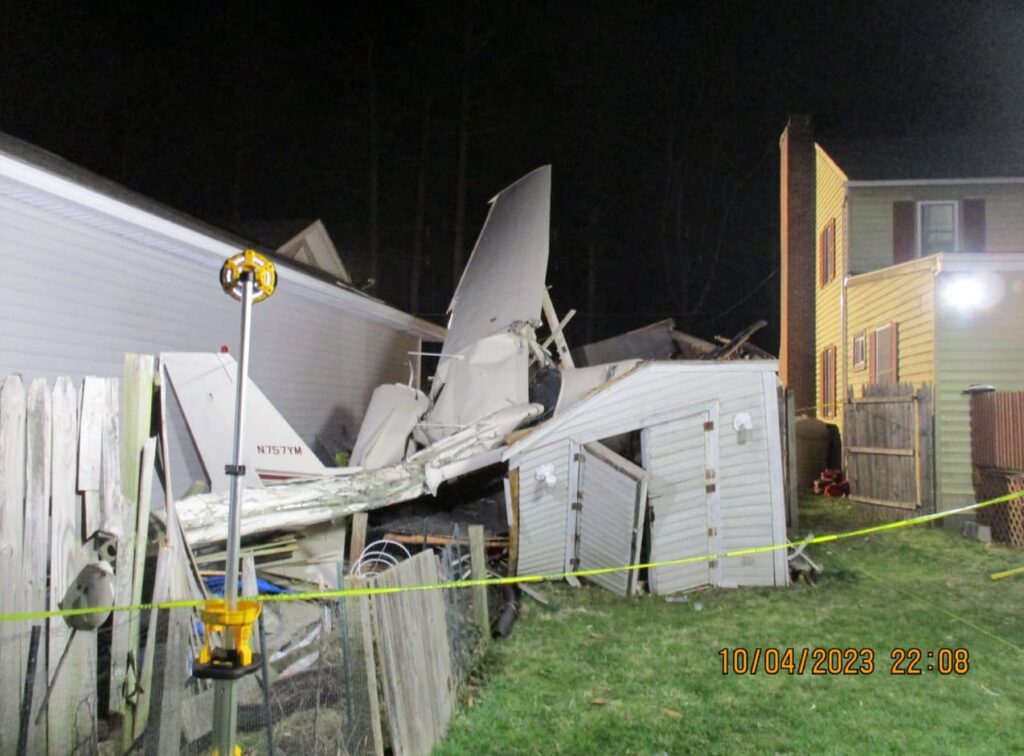
NTSB Findings: A Classic Case of Fuel Exhaustion
Probable cause: “The flight instructor’s inadequate preflight fuel planning and oversight of the preflight inspection.” In short, they ran out of fuel because no one double-checked the most fundamental element of flight planning.
And this wasn’t about complex systems failing or freak weather. This was about human error—simple, preventable, and all too common in general aviation.
Training Flight, Training Opportunity
What makes this accident especially sobering is that it occurred during an instructional flight. The student did her part by performing the preflight inspection and checking fuel with a dipstick. But she didn’t remember the quantity, and crucially, the instructor didn’t follow up.
It’s also worth noting the dynamics between a student and an instructor. A student might hesitate to speak up or double-check when unsure, assuming the instructor has everything under control. Instructors, especially less experienced ones, might be juggling many tasks or feel confident in assumptions based on previous flights.
A Close Call, But Not a Tragedy
Thankfully, this story ends with two pilots walking away. The aircraft was damaged, a shed destroyed, and a neighborhood rattled—but no lives were lost. It’s a second chance, not just for those involved, but for every pilot reading this story to reflect on their own practices.
Fuel exhaustion is one of the most preventable causes of aviation accidents. It doesn’t take bad weather or complex systems to bring down an aircraft. Sometimes, it just takes forgetting to dip the tanks—and making sure you remember what you saw.

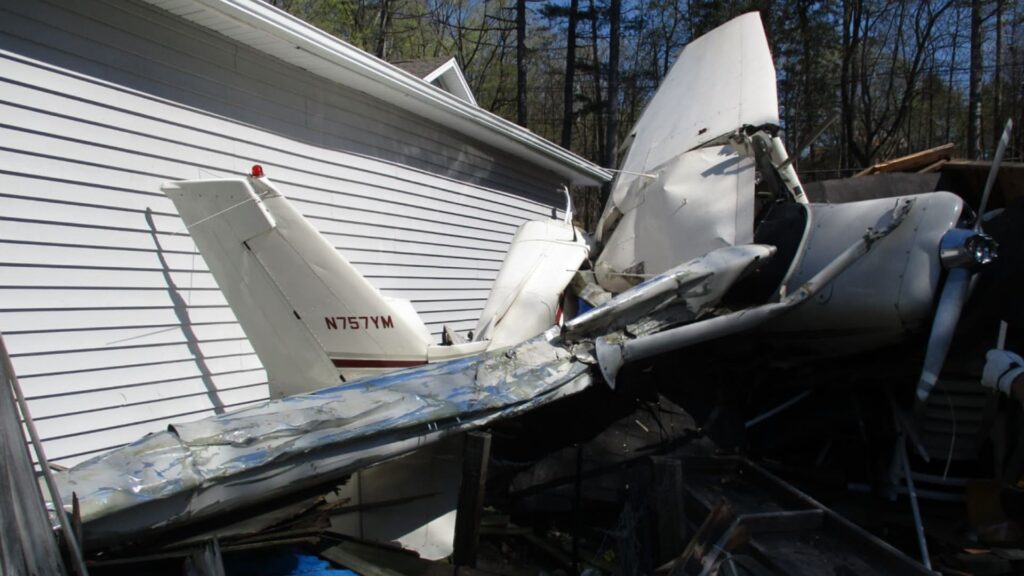




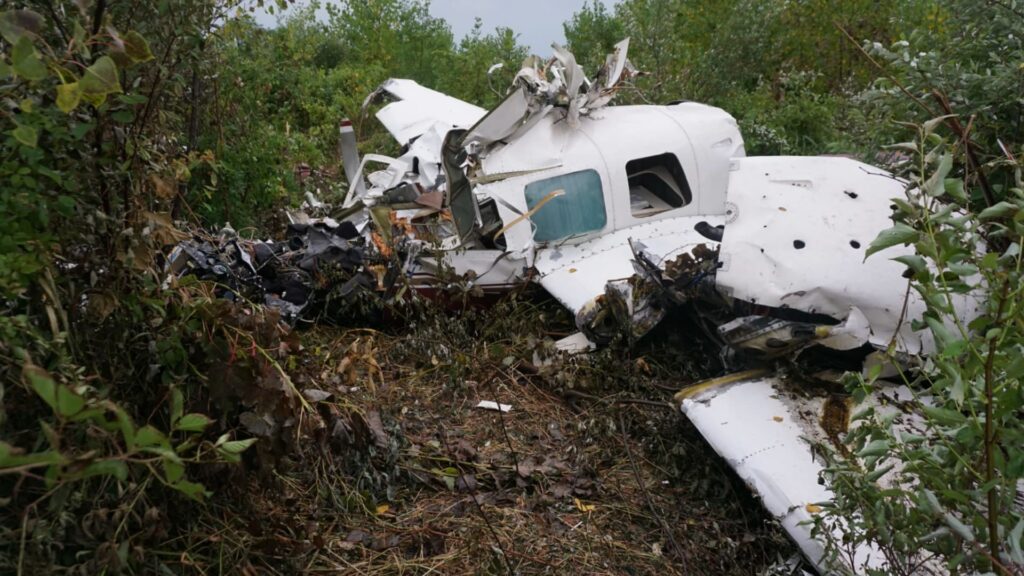
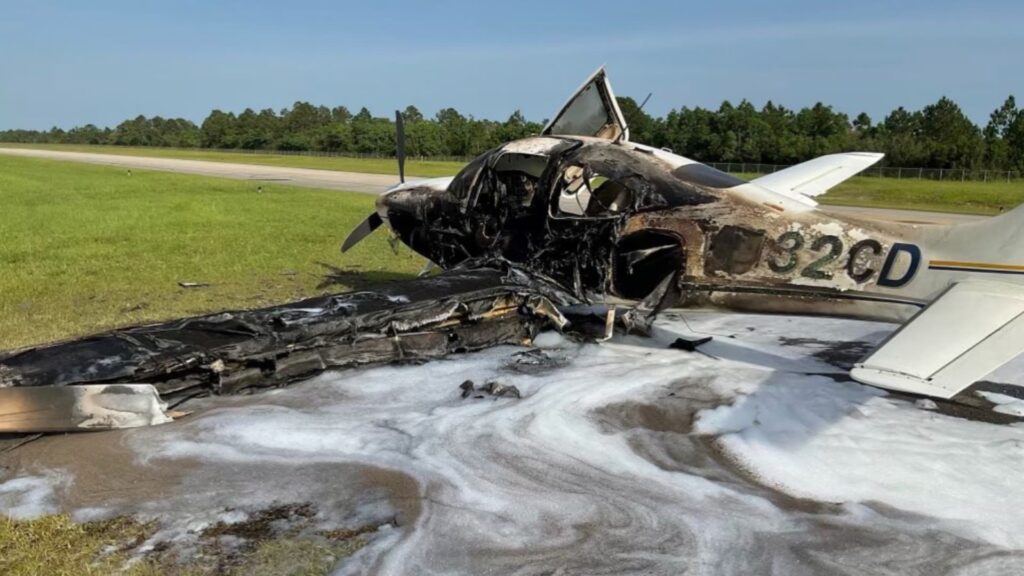
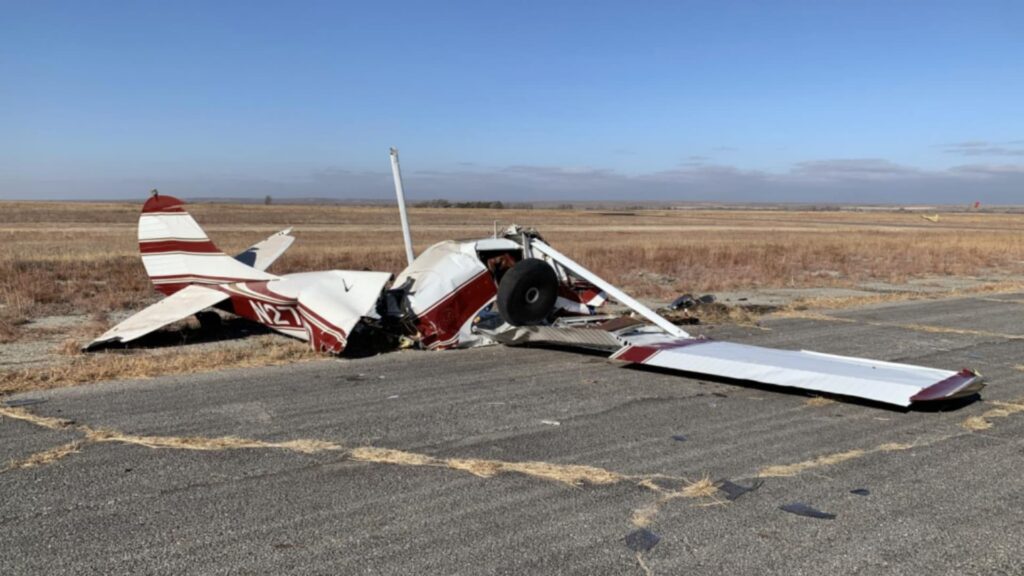
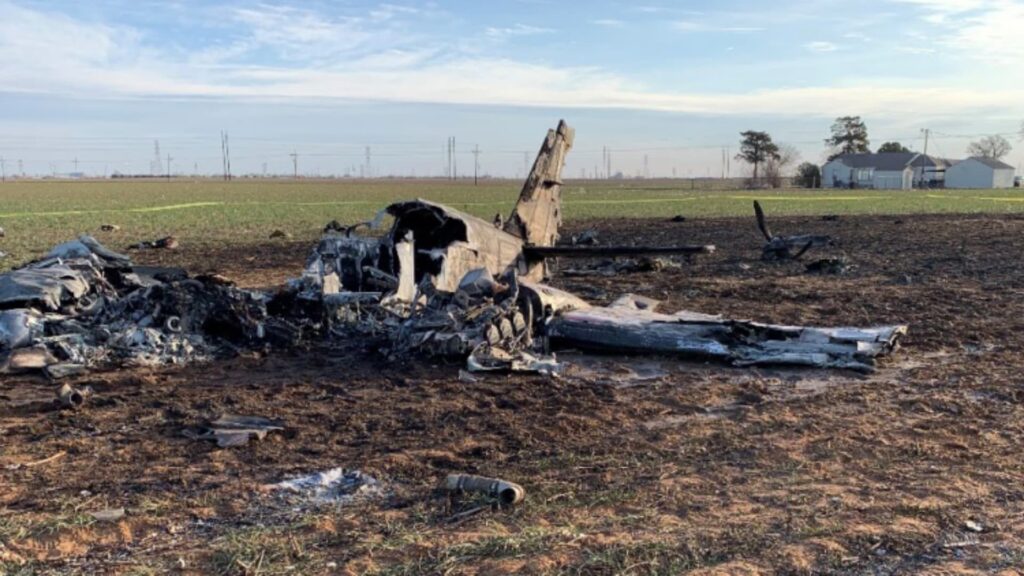
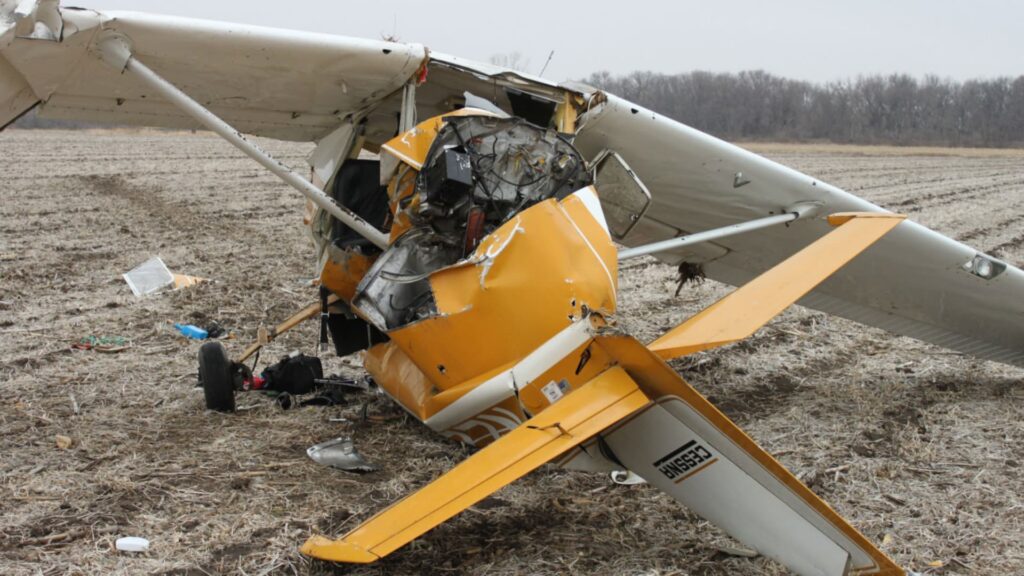
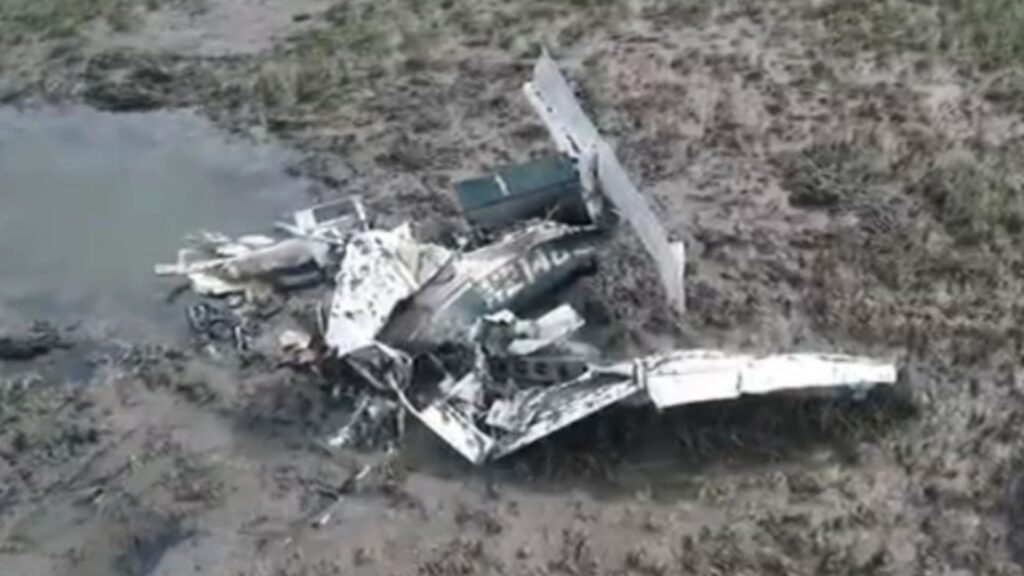
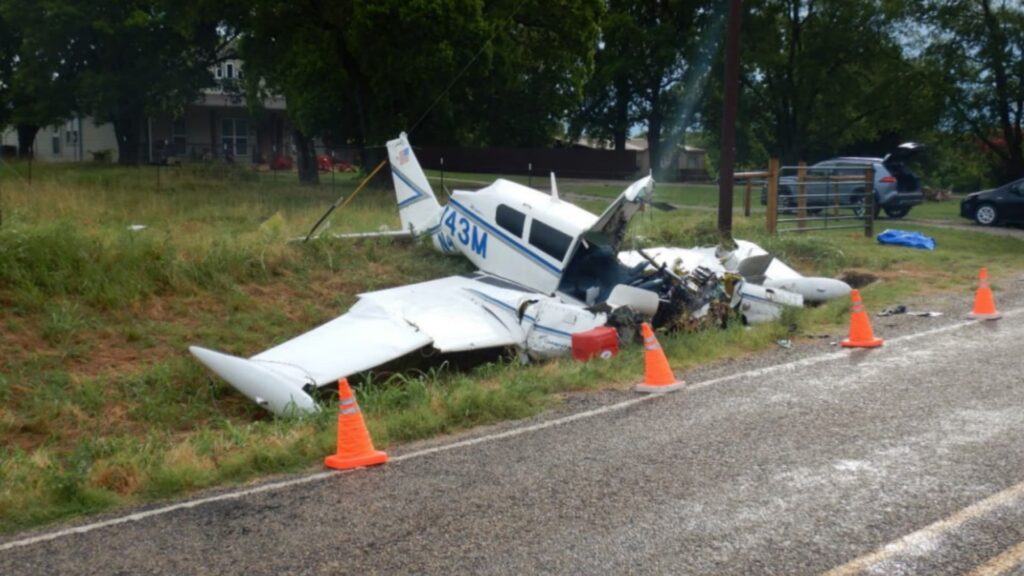
One Comment
I was receiving Instrument training for my Instrument ticket. It was March in California (soft IFR). The training flight was VFR under the overcast until we could obtain an IFR clearance for practice approaches in a Cessna 182. I dipped the tanks and they were half full. The instructor said that’s okay. I replied, “I’d feel better that we top off – because we will be going IFR and if we have to go to an alternate . . . it might be dicey. He agreed and no worries, no “incident”.
Fuel like altitude is life!